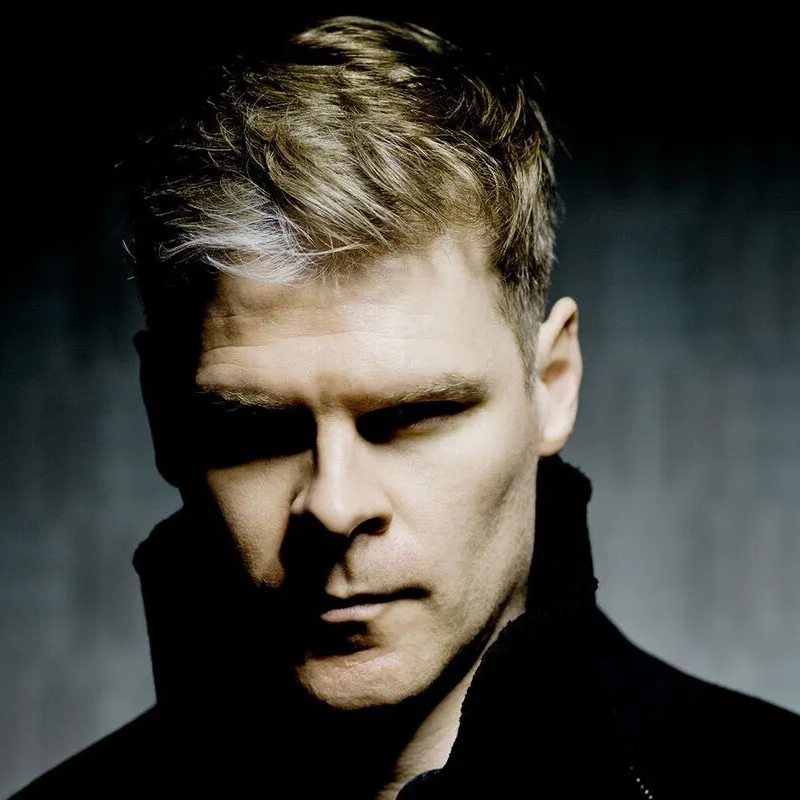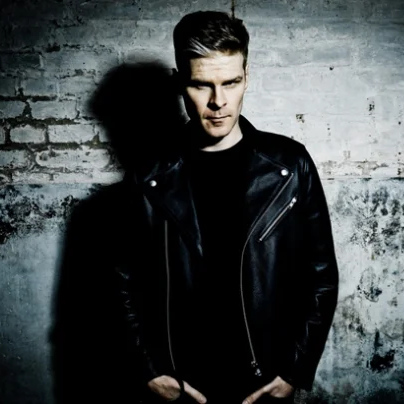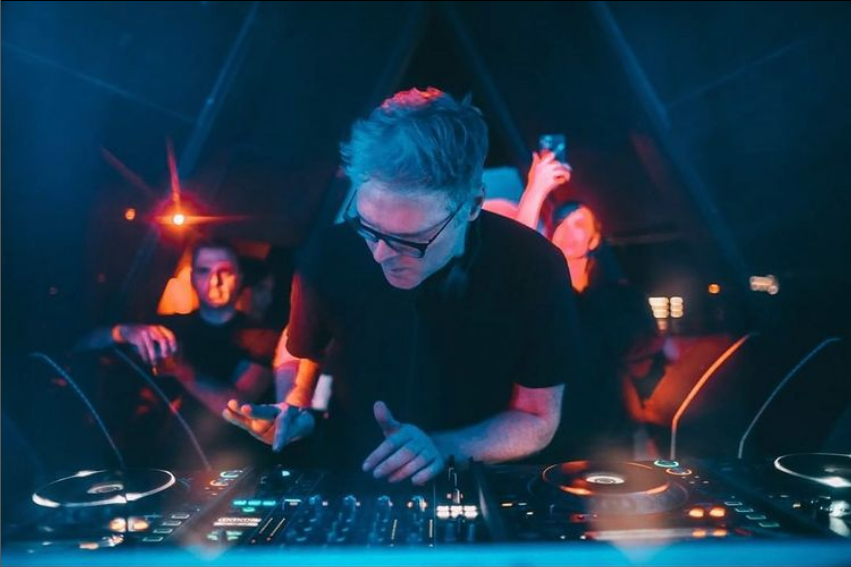Gregor Tresher’s secret? A relentless focus on melody and timbre, timeless musical elements that other producers often undervalue. Just as a painting or a photograph appears to move if one stares at it long enough, close listening to the stratified grooves and melodies in Tresher’s music reveals an organic universe of shifting sound.
“Melody always allows you to bring something new to the music,” opines the producer. “It is where you can create something real and different, whereas the beat… well, either a record grooves or it doesn’t.”
Judicious use of klangfarben—tone color— distinguishes Tresher from his peers. As in the work of Kraftwerk and Depeche Mode, the sounds employed are as integral to Tresher’s distinctive melodies as the individual notes. In addition, another almost imperceptible element of motion has been integrated into Gregor Tresher´s new music via the integration of vintage machines and their tendency to drift ever-so-slightly out of tune. “It adds this human touch to the music, even though it was made with machines.”
Gregor Tresher began his career as a DJ in Frankfurt in the early ’90s; today, he can be found playing at venues around the world, from Berlin to Tokyo, from Sydney to Los Angeles. Following two critically-acclaimed albums credited to his Sniper Mode alias, Tresher broke through as a producer under his real name via his 2005 releases Still and Neon. His 2008 classic A Thousand Nights was the year’s best-selling Techno track on Beatport and introduced Gregor to a larger audience. Besides releasing music on high-profile labels like Drumcode, Ovum, Intacto, Moon Harbour and Cocoon, Gregor launched his own electronic imprint ‘Break New Soil in 2009 on which his studio albums The Life Wire (2009), Lights From The Inside (2011), Nightcolors (2013) and Quiet Distortion (2016) were released.
His remix history includes artists like Depeche Mode, Moby, Sven Väth, Laurent Garnier, and Extrawelt, amongst many others.






